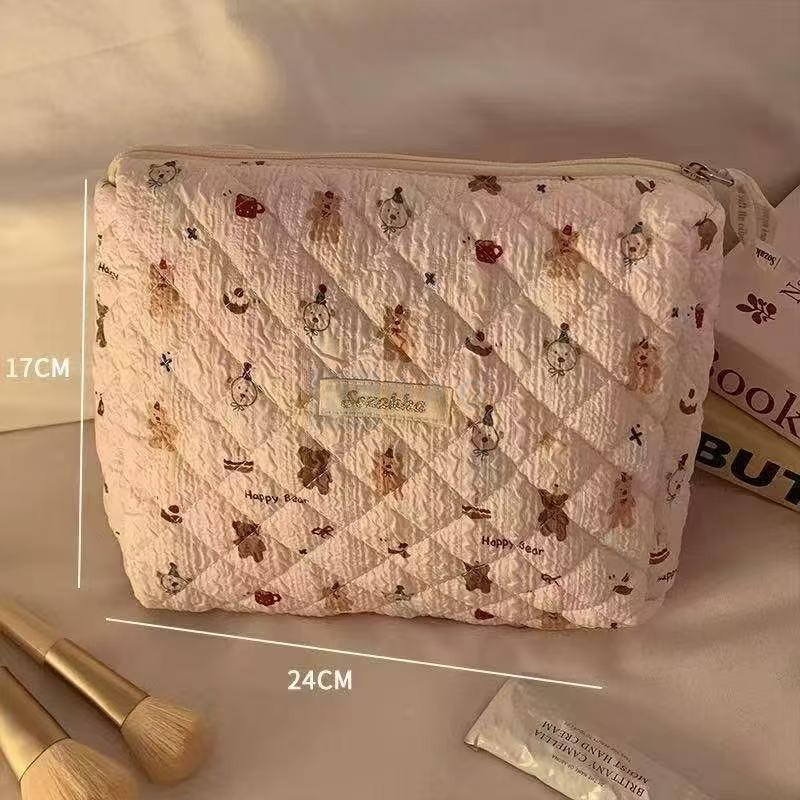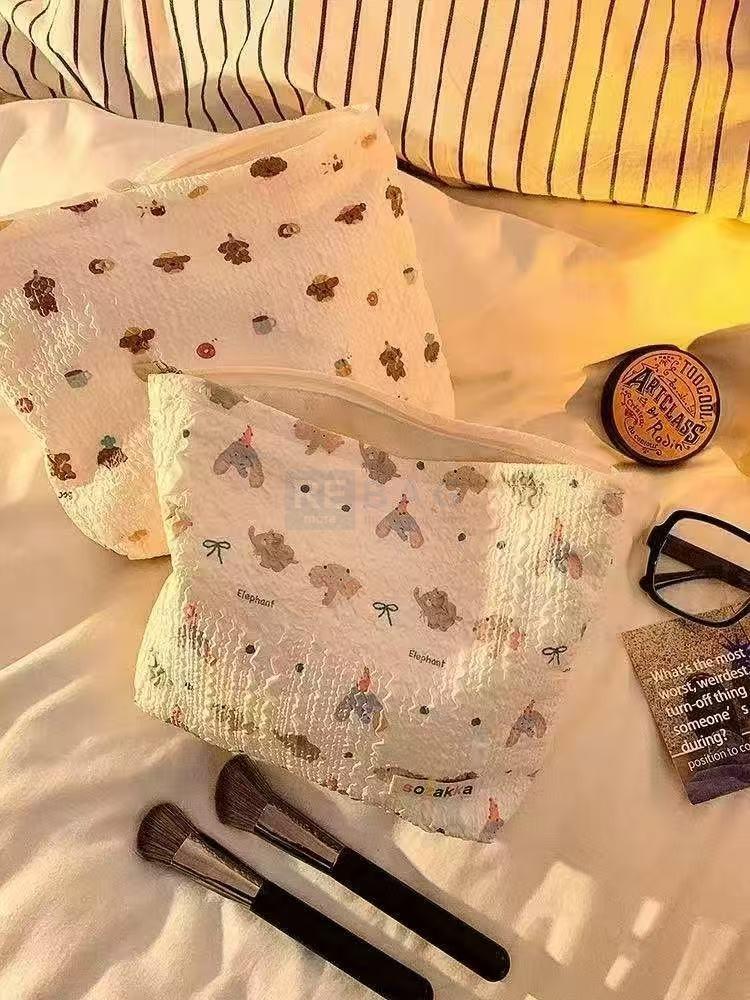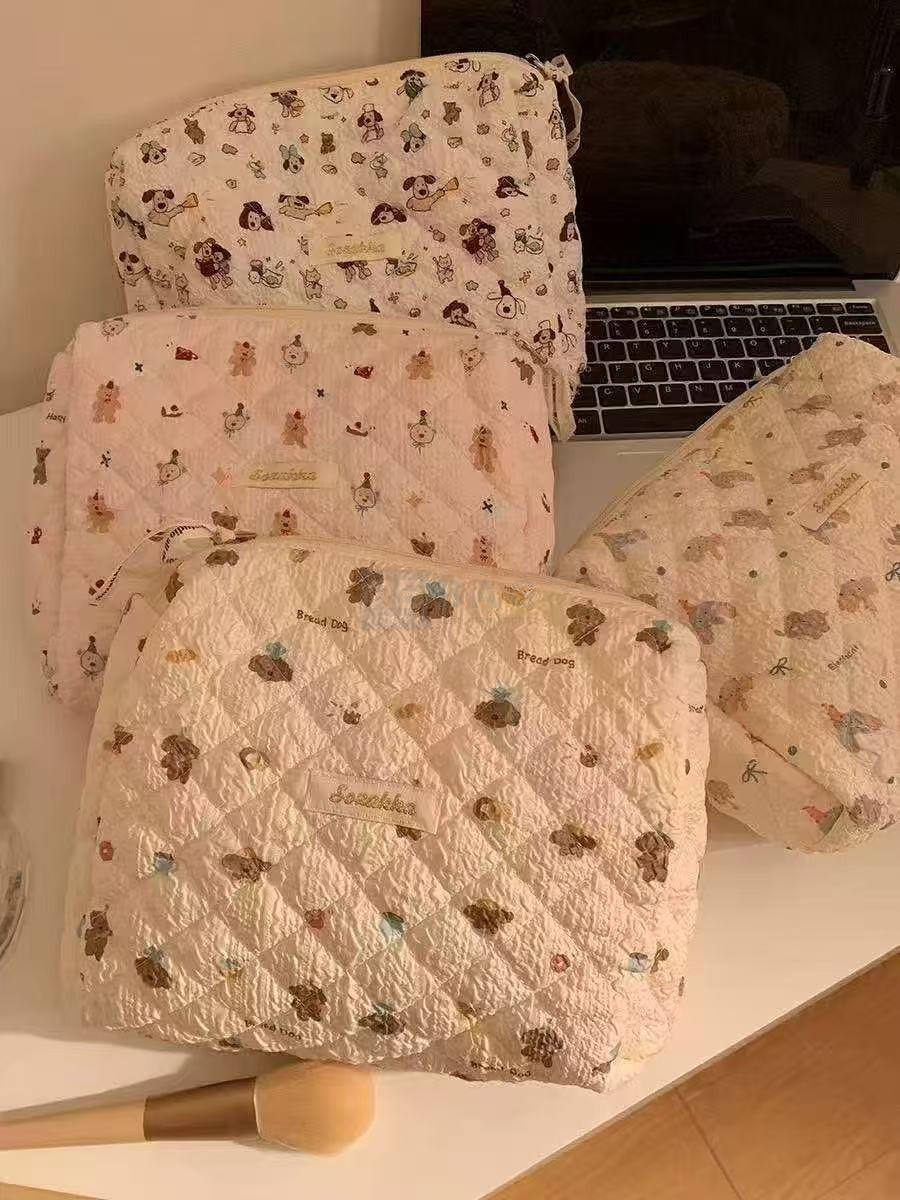cute cosmetic bag with emboridery
this is kind of bag to put cosmetic tool items for lady, by cute design and new quilting fabric. Also, this bag is easy for take cosmetic items for travel as a travel makeup bag, light weight and good capacity.
Introduction to Quilting Craft
Quilting, derived from the Latin word culcita (meaning "stuffed sack"), is a traditional textile craft that involves stitching together multiple layers of fabric (typically a top layer, batting, and backing) to create a padded material. Historically used for bedding and protective clothing, quilting has evolved into both a functional and artistic practice, combining durability with intricate decorative patterns.
Key Aspects of Quilting Technology
1. Technological Evolution:
- Handcrafted Era: Early quilting was labor-intensive, relying on manual stitching to secure layers of fabric and batting. This method produced unique but inconsistent designs, primarily for household items like quilts and mattress pads.
- Mechanical Advancements: The introduction of multi-needle quilting machines in the late 20th century improved production efficiency, though patterns remained simplistic.
- Computerized Innovation: Modern computerized quilting machines, such as China's Fuyi systems, enable precise, automated stitching of complex designs. These systems integrate multi-CPU processing, servo-driven frameworks, and energy-efficient technologies, revolutionizing industrial quilting with high-speed production and minimal waste.
2. Materials and Techniques:
Quilting fabrics range from cotton and polyester blends to faux leather and technical textiles. Decorative patterns like diamond quilting (e.g., Lavenham's signature cross-stitched diamond designs) enhance durability while preventing seam slippage. Advanced techniques include trapunto (raised quilting) and hybrid processes combining embroidery and quilting.
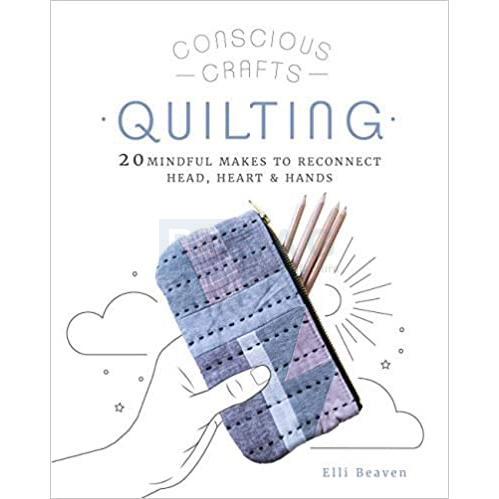
Application of Quilted Materials in Cosmetic Bags
Quilted cosmetic bags are prized for their durability, aesthetic appeal, and lightweight structure. Key applications include:
1. Luxury Aesthetics:
Brands like Bare Minerals use quilted faux leather to create sleek, structured makeup bags (e.g., the Fuchsia Quilted Zip Top Dome Bag). The diamond or geometric stitching adds a tactile, high-end finish, aligning with luxury branding strategies.
2. Functional Design:
- Lightweight Construction: Quilted layers provide cushioning without bulk, ideal for portable cosmetics storage.
- Durability: Reinforced stitching and materials like water-resistant nylon (pioneered by Lavenham for equestrian gear) ensure longevity, even with frequent use.
- Customization: Brands leverage quilting to incorporate patterns, logos, or mixed textiles (e.g., wool blends, recycled fabrics), appealing to eco-conscious consumers.
3. Sustainability Innovations:
Designers are repurposing textile scraps (katran) into quilted accessories, reducing waste. For example, Indian designers stitch remnants into unique, patchwork-style cosmetic cases, merging sustainability with artisanal craftsmanship.
4. Material Innovations:
Thermoplastic elastomers (TPEs) are increasingly used in quilted bag components (e.g., seals, applicators) for chemical resistance and soft-touch finishes. These materials withstand oils and solvents in cosmetics while enhancing ergonomic design.
---
Conclusion
Quilting bridges tradition and modernity, offering both functional resilience and artistic expression. In cosmetic bags, it merges luxury with practicality, driven by advancements in materials and sustainable practices. As brands like Lavenham and Bare Minerals demonstrate, quilted designs continue to redefine everyday accessories into statement pieces.
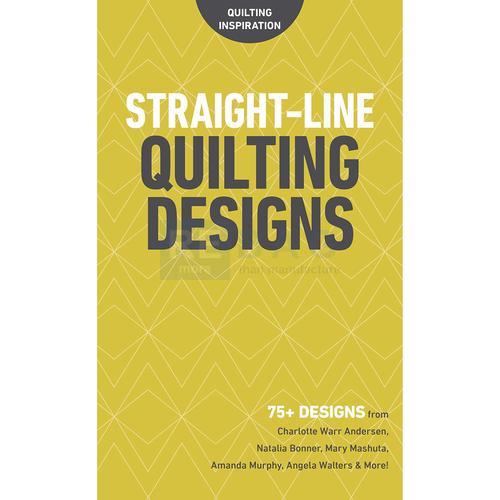
INQUIRY
CATEGORIES
LATEST NEWS

CONTACT US
Contact: Simon Liu; Milly Wei; Leo
Phone: +86 138-1996-2017 (same whatsapp)
E-mail: info@rebag.cn
Whatsapp:same as above number
Add: Factory.181 JIANGNANJIE,FOTANG TOWN.YIWU322000 PRC
